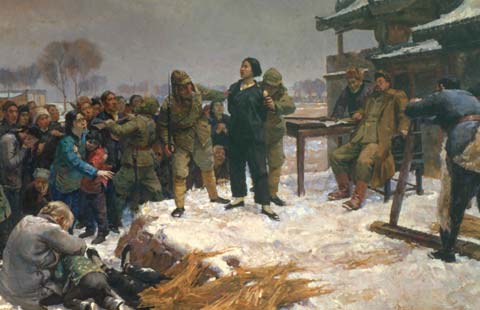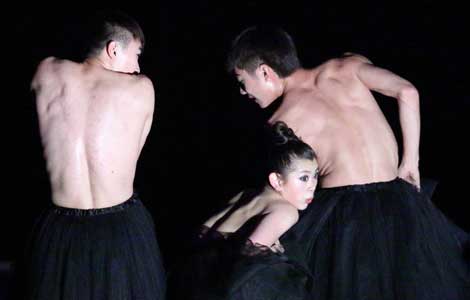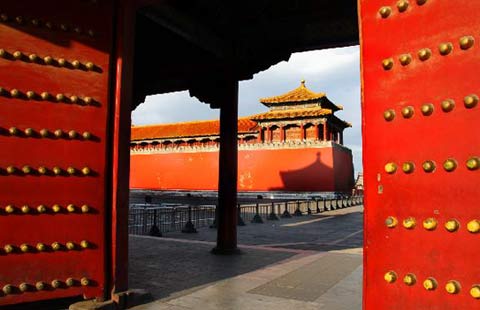Manga addresses nuclear meltdown
By Elaine Lies in Tokyo ( China Daily/Agencies ) Updated: 2014-07-02 09:42:51
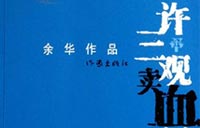 |
| Chinese contemporary literature now a hit in South Korea |
 |
| Chinese women crave Tanbi lit |
There are several hundred manga published in Japan each year, ranging from cute to violent and pornographic, in magazine and book form.
Fukushima manga run the gamut from Sobamon, which promotes the safety of Fukushima produce, to the overtly anti-nuclear Fighting the Nuclear Demon. At least one is set in the future.
Though manga began trickling out shortly after the disaster took place, it wasn't until April that most of the nation became aware of them, thanks to a food manga called Oishinbo (The Gourmet) and a Fukushima food safety series.
In it, several characters suffered nosebleeds they blamed on radiation exposure - a situation that medical experts say is highly unlikely but something they have not ruled out. The manga also said the Fukushima area would be unlivable for years.
This unleashed a flood of angry comments from Fukushima residents to Abe and other cabinet ministers, who called for people to use "correct" information, in turn setting off discussions about free speech and government cover-ups.
"Of course manga are written so they're easy to understand in one glance, which does make it possible for things to be taken wrong and rumors to be born," says Kazuma Yoshimura, head of the Manga Research Center at Kyoto's Seika University.
The editor of the manga apologized for some word choices but remained unrepentant about running it, citing fading interest in Fukushima and the need for more discussion about the issue.
|
|
|
|
|
|
|
|
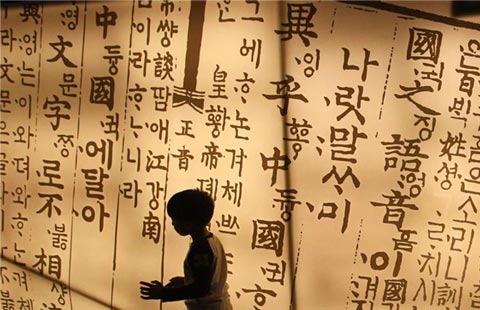


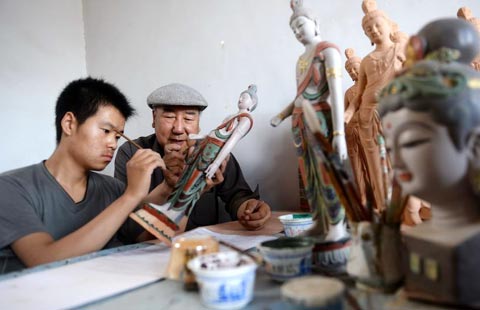










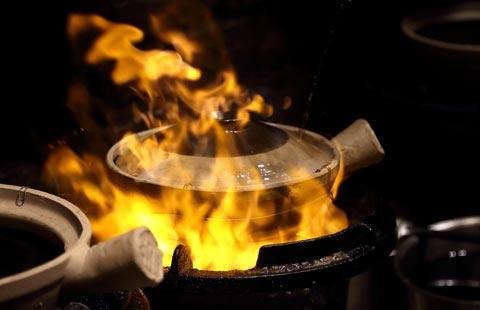
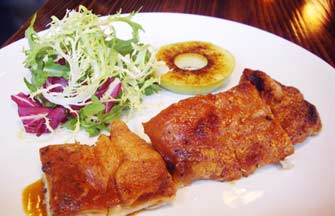



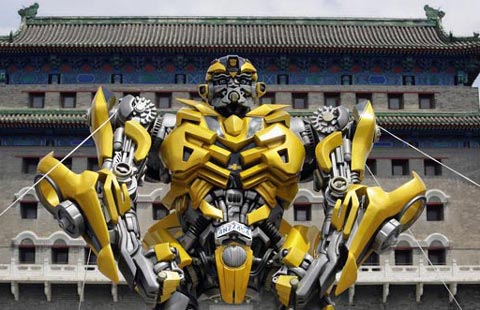



 Raymond Zhou:
Raymond Zhou: Pauline D Loh:
Pauline D Loh: Hot Pot
Hot Pot Eco China
Eco China China Dream
China Dream China Face
China Face

